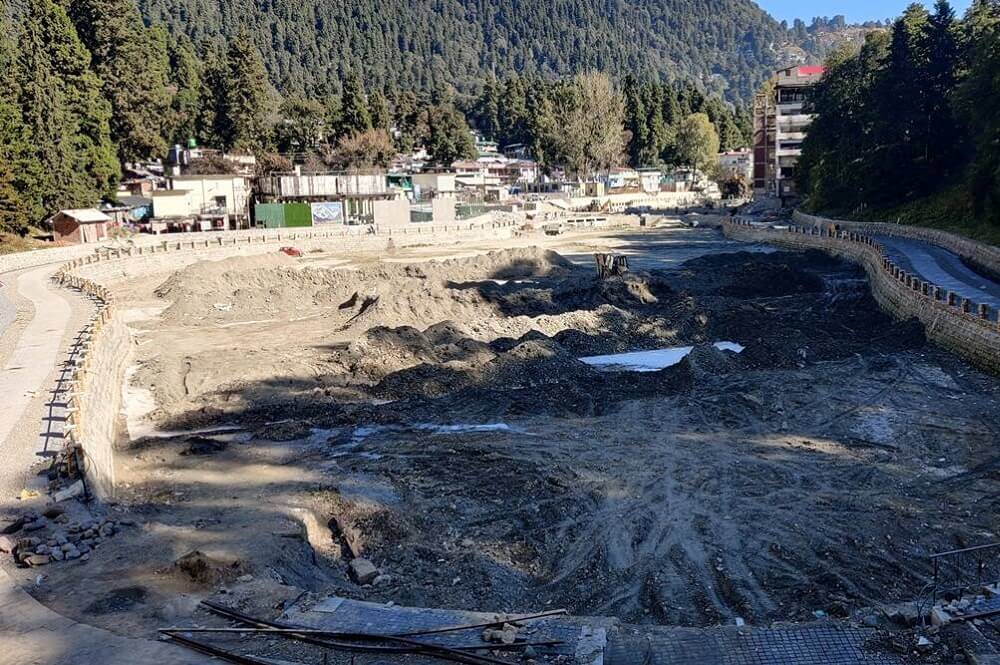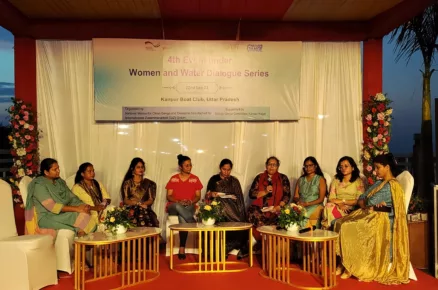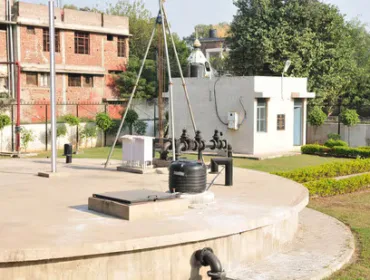WD News: After 19 months, work at Nainital’s Sukhatal Lake came to a halt when the Uttarakhand High Court, acting on a PIL against the government’s beautification plan that allegedly involved laying a layer of concrete on the lake bed, asked for all construction activities at the lake to be suspended till further orders.
The Sukhatal catchment area, spread across 23,000 square metres, serves as the main recharge zone for the renowned Naini Lake, a km away. The lake gets its name because it is “sukha (dry)” for most part of the year since most of its water gets drained into the Naini, sustaining the larger lake even during the lean summer months.
In May last year, the government, based on a project report prepared by IIT Roorkee, began work on the Rs 25.51-crore beautification plan that involves, among other things, a fence with iron railings around the lake area and a paved walkway. But it’s the plan to make the lake impregnable, by allegedly lining the lake bed with concrete so that the lake retains water through the year, that raised the hackles of environmentalists.
Officials working at the site said around 80 per cent of the work was completed when the court order came in on November 22.
“We were working at good speed and the plan was to finish everything in the next two months and open the site to the public. Work on the floor of the lake bed was about to begin when the court order came. Almost all of the workers have left since then,” said Naveen Agarwal, an Engineer at the site.
The government, meanwhile, has denied that its plan involved concretising the lake bed, and said that it only planned to use a geosynthetic clay liner – factory-manufactured hydraulic barriers that do not make a surface completely impermeable but increase water retention.
According to the Secretary of the District Level Development Authority, Pankaj Kumar Upadhyay, though the initial plan was to build a concrete bed in one portion of the lake to retain water, after meetings with civil society, it was decided that there should be no concrete bed. “Following the meeting, we again reached out to IIT-Roorkee and they suggested another option, which was to use a geosynthetic clay liner instead of a concrete bed. We started the work on the clay liner, but some people sent a letter to the court,” he said.
Source and image courtesy: The Indian Express














